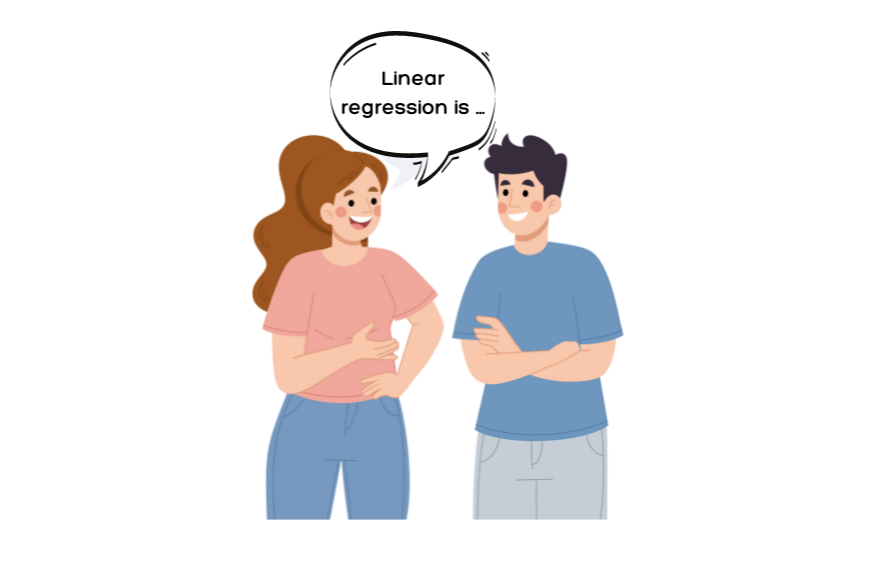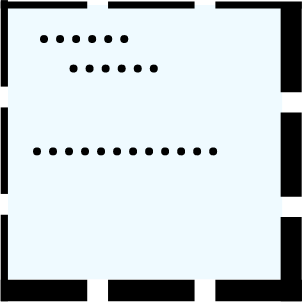Latest from our blog
Math for Machine Learning Comprehensive Guide
Understand quickly why math is important to do machine learning.
Write your awesome label here.
Write your awesome label here.
Design Your Custom Machine Learning Chatbot
Write your awesome label here.
This quiz aims to help you create a machine learning-powered chatbot tailored to your interests, passions, culture, values, and expertise area. Answer the following questions honestly to uncover your ideal chatbot concept.
Sign up. Be inspired. Code.
Get a FREE Machine Learning Roadmap!
Write your awesome label here.






